18th January 2025
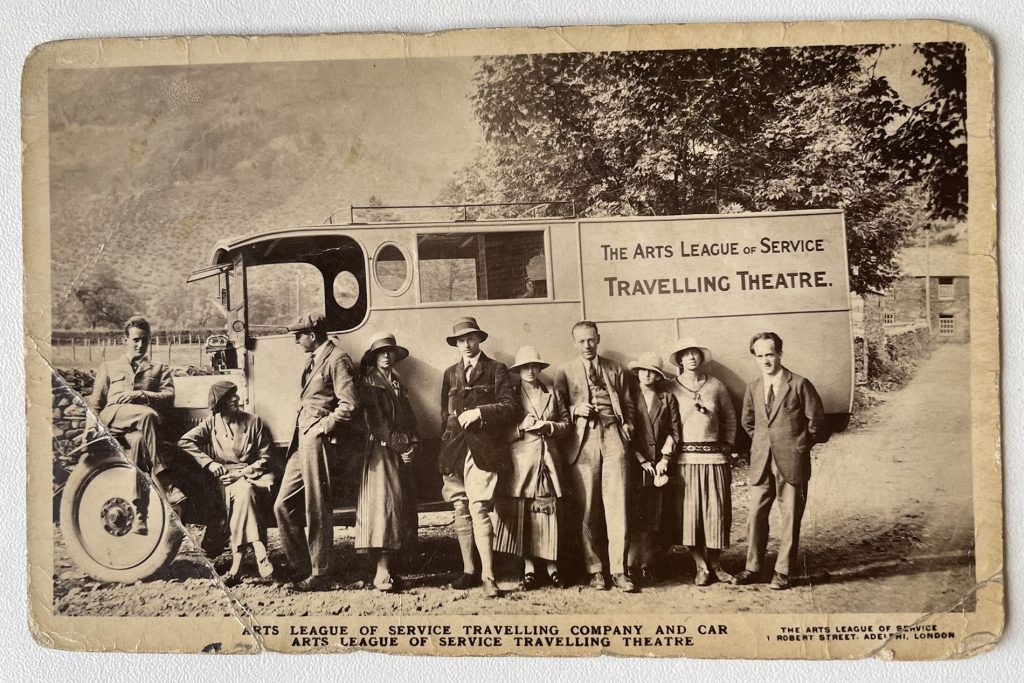
John Wyver writes: at 3.01pm and again at 9.01pm on Monday 18 January 1937, via the Marconi-EMI system, Alexandra Palace transmitted a 15-minute programme of folk songs and sea shanties by the Arts League of Service (ALS). Bunny Churcher, John Rudling, Dennis Hutchinson, Eleanor Elder, and Brandon Acton-Bond performed songs including ‘Polly Oliver’ (arranged by Cecil Sharp) and ‘The Moorish Maid’, while Rosemary Jephson demonstrated Margaret Morris movement exercises to Schubert. And the ALS…?
read more »
17th January 2025
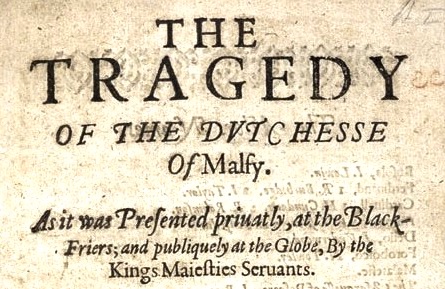
John Wyver writes: the evening of Monday 17 January 1938 saw the first broadcast (with a repeat on the following Friday afternoon) of Royston Morley‘s hour-long adaptation of John Webster’s Jacobean drama, The Duchess of Malfi. The classical stage actor Catherine Lacey played the Duchess, a year before she made her screen debut as a high-heeled nun in The Lady Vanishes; Stephen Haggard, Antonio; Esmé Percy was Bosola; and a 40-year-old John Laurie took the role of Ferdinand of Aragon. The Black actor Robert Adams had a small and unbilled part as a servant.
read more »
16th January 2025

John Wyver writes: on the evening of Wednesday 16 January 1935, a 40-minute, 30-line broadcast featured singers Maisie Seneshall and Harold Scott, along with prima ballerina Lydia Sokolova with Harold Turner as her junior partner. Both Turner and, to a greater extent, Sokolova are important figures in the history of British dance, including in the process by which television contributed significantly to the development of dance in Britain in the pre-war years,
read more »
15th January 2025

John Wyver writes: Television on the afternoon of Sunday 15 January 1939 featured a half-hour outside broadcast from Watford Junction railway station. This was the first of a series titled Television Surveys conceived to showcase activities in various workplaces in and around London. Hosted by film editor Tod Rich, it showed activities of the London Midland and Scottish Railway at the station. ‘E.H.R.’ in the Observer praised the broadcast as ‘a good and interesting start’.
read more »
14th January 2025
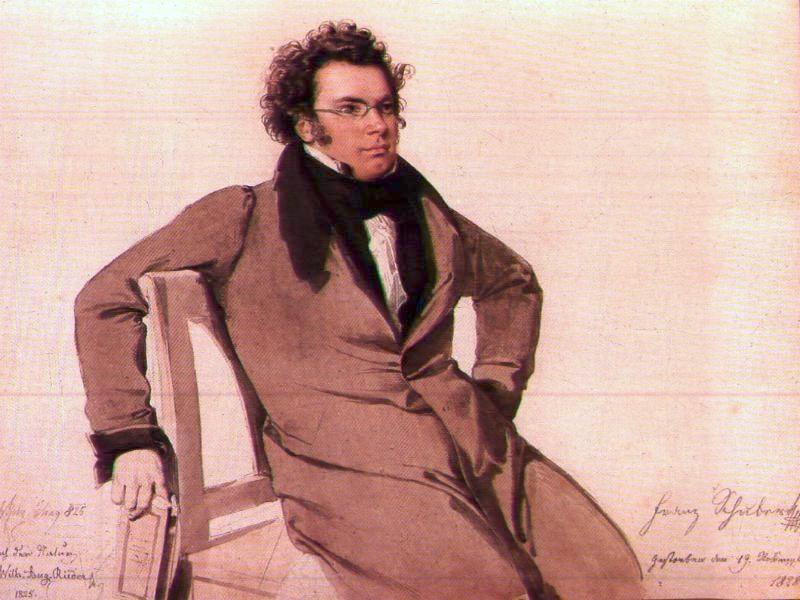
John Wyver writes: the afternoon of Saturday 14 January at 3.30pm saw the second presentation of what was now, given the timing of the the transmission, somewhat incongruously named Schubert Night. I previously noted the first broadcast on 9 January, but it is worth returning to the programme as it is an ambitious early performance and drama hybrids about the life and work of a composer. Moreover, it was written and produced by the intriguing figure of Philip Bate.
read more »
13th January 2025
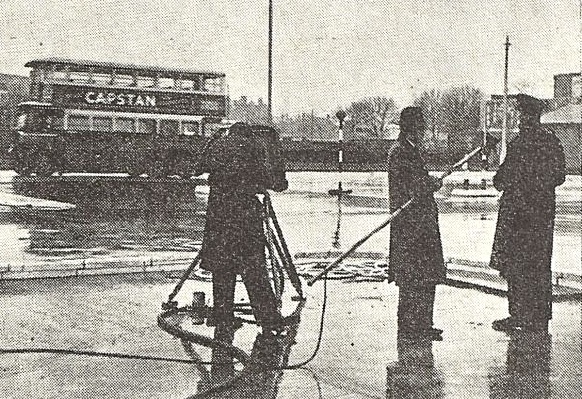
John Wyver writes: on Thursday 13 January 1938 the schedule carried an outside broadcast from the Chiswick headquarters of the London Transport Passenger Board. The focus was the training of a London bus driver, created as what in the language of these early broadcasts was called a ‘built OB’, but the main attraction was most definitely a demonstration, undertaken in driving rain, of manoeuvres (illustrated above, from The Listener) on the slippery ‘skid pan’.
read more »
12th January 2025
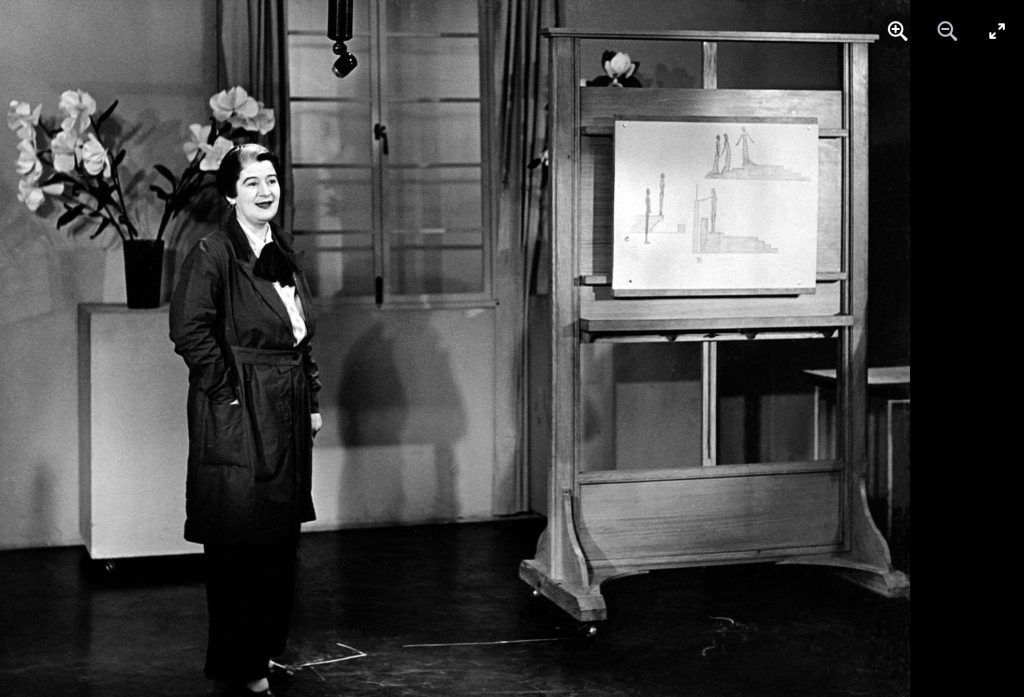
John Wyver writes: Tuesday 12 January 1937 saw the first broadcast from Alexandra Palace of a series titled The World of Women. Conceived by producer Cecil Lewis, who was soon to depart for Hollywood, the fortnightly strand of broadcasts on the social and artistic activities of women’ would be inherited and enhanced by his successor, Mary Adams. As can be seen in this rather wonderful BBC archive image, this first programme featured designer Molly McArthur speaking about her sets and costumes for the Tyrone Guthrie’s Old Vic production of Love’s Labour’s Lost.
read more »
11th January 2025
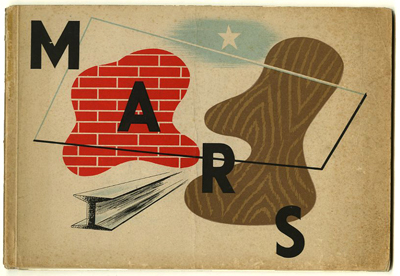
John Wyver writes: after Alexander Calder yesterday, we can continue the theme of early television’s engagements with modernism by focussing on New Architecture, a 17-minute talk on Tuesday 11 January 1938 given by John Summerson and prompted by the now-famous exhibition (with Ashley Havinden’s glorious catalogue cover above) organised by the MARS Group.
read more »
10th January 2025

John Wyver writes: tucked into the evening schedule on Monday 10 January 1938 was a ten-minute broadcast titled Alexander Calder’s Mobiles, and there’s a case to be made for this as the first television programme conceived as visual art; not, that is, a programme about painting or sculpture, but rather a pure aesthetic object aspiring to its own creative autonomy.
The broadcast, produced by Mary Adams, simply put before the cameras in studio B at Alexandra Palace a selection of American sculptor Alexander Calder’s ‘mobiles and stabiles’ that had recently been on view, from 1 December to Christmas Eve, at London’s Mayor Gallery (exhibition invite above), and accompanied them with poetry readings and records of Balinese musical compositions.
read more »
9th January 2025

John Wyver writes: AP’s evening of Monday 9 January 1939 featured two contrasting musical offerings: Schubert Night, which combined a biography of the composer with performances, and Lambeth Keeps on Walking, a similarly hybrid feature and variety line-up presented by Tom Harrisson (above) with composer Noel Gay about ‘the career of “The Lambeth Walk”‘.
read more »









